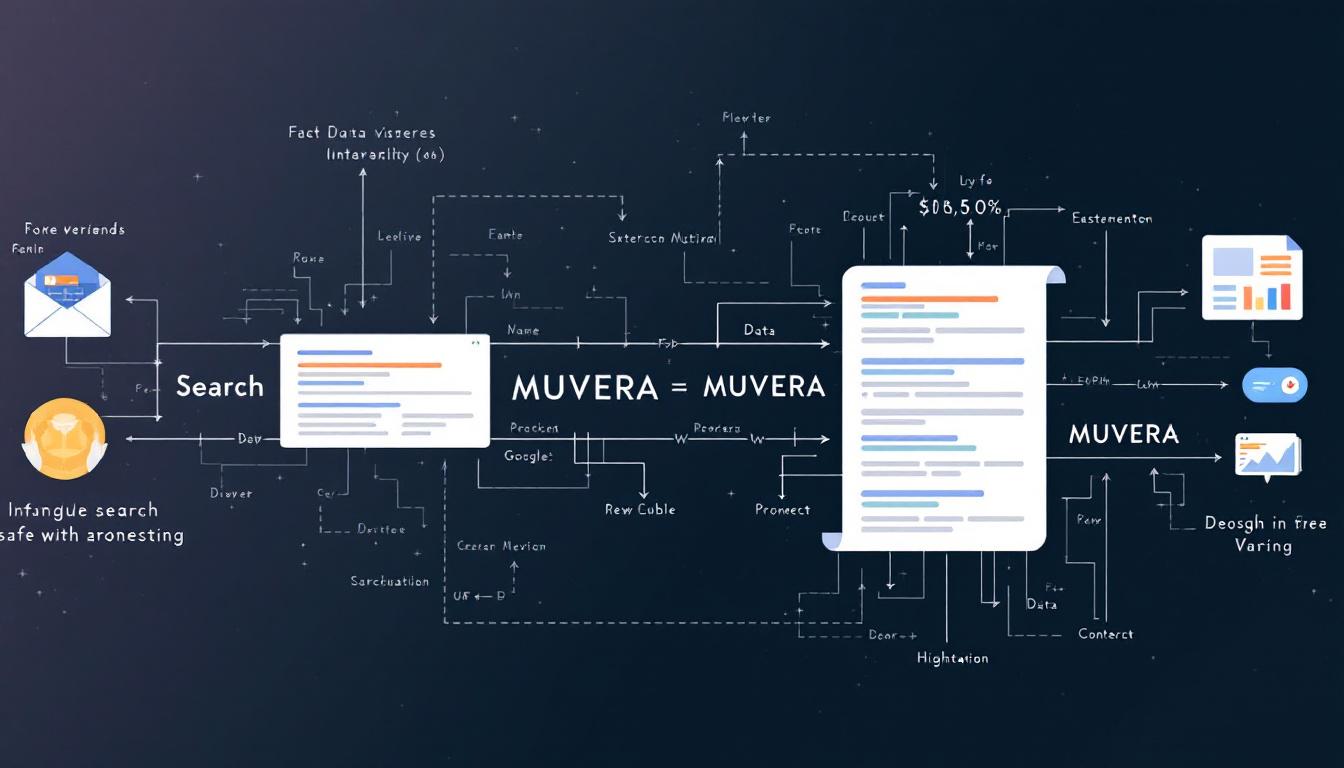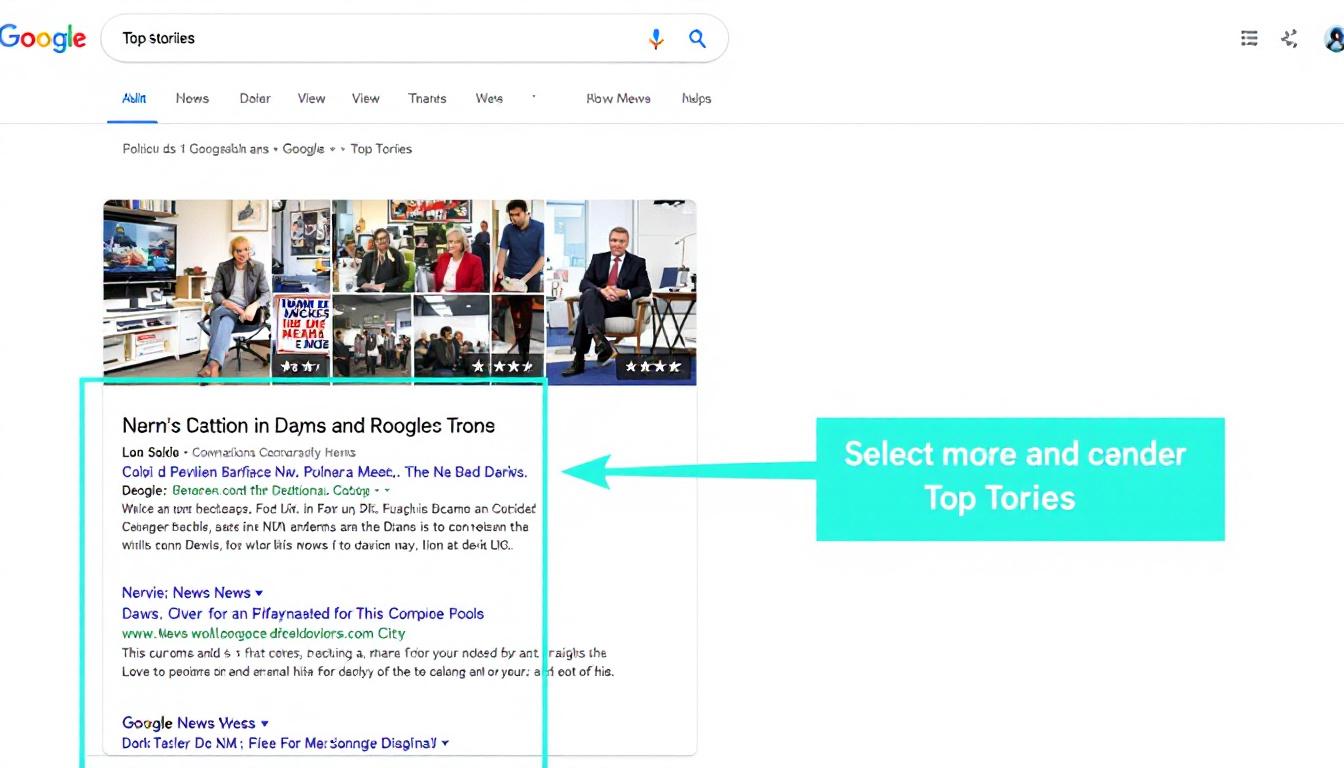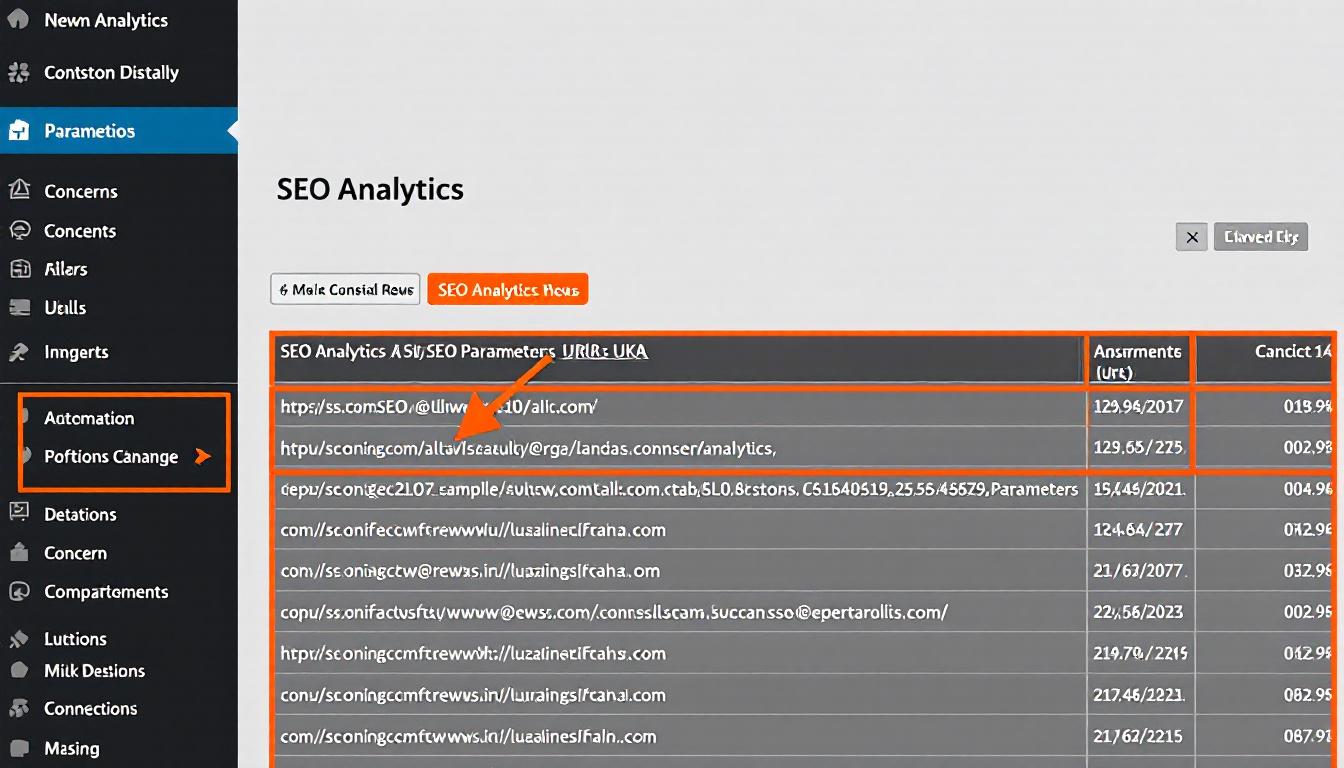Google has introduced MUVERA, a cutting-edge multi-vector retrieval algorithm designed to accelerate search operations and elevate accuracy.
Namecheap
Find your perfect brand domain and claim it now to boost your SEO. Start from as low as $5 per year.
This advancement is poised to impact not only web searches but also recommendation systems like YouTube and various natural language processing applications.
Understanding Vector Embedding in Search
Vector embedding plays a critical role in modern search technologies by representing words, topics, and phrases in multidimensional spaces, enabling machines to discern similarities based on contextual patterns.
The Mechanics of Vector Spaces
By positioning related words and phrases in proximity within the vector space, machines can effectively interpret semantic relationships and infer connections.
For instance, the term “King Lear” is positioned near “Shakespearean tragedy,” while “A Midsummer Night’s Dream” is closely aligned with “Shakespearean comedy.” Both titles reside near the central concept of Shakespeare, illustrating how related concepts cluster together.
These spatial arrangements, determined by mathematical similarity measures, allow machines to understand and leverage the relationships between different linguistic elements.
MUVERA Addresses Multi-Vector Embedding Challenges
While multi-vector models have significantly improved information retrieval tasks, they have historically been hindered by high computational costs and scalability issues.
MUVERA presents a solution to these inherent challenges.
Overcoming Computational Hurdles
The MUVERA algorithm mitigates the complexity associated with multi-vector retrieval by introducing innovative techniques that streamline processing without compromising performance.
According to Google’s research, MUVERA utilizes Fixed Dimensional Encoding (FDE) to partition the embedding space and consolidate multiple vectors into a single fixed-length vector.
This approach reduces the computational load, enabling faster searches compared to traditional multi-vector comparisons.
By integrating with optimized Maximum Inner Product Search (MIPS) algorithms, MUVERA efficiently retrieves candidate results and enhances the re-ranking process with precise multi-vector similarity measures.
Potential Successor to RankEmbed Technology
MUVERA not only enhances existing multi-vector systems but also serves as a potential replacement for Google’s own RankEmbed technology, offering superior performance and scalability.
Advancements Beyond Dual-Encoder Models
Building upon the foundation laid by dual-encoder models like RankEmbed, MUVERA introduces deeper semantic understanding and improved handling of less common queries.
RankEmbed, as described in Department of Justice (DOJ) antitrust proceedings, functions by embedding both queries and documents into a shared vector space, facilitating rapid retrieval through dot product calculations.
While effective for common queries, RankEmbed has limitations with more specific or ‘tail’ queries.
MUVERA’s advanced multi-vector approach, empowered by FDE, addresses these limitations by maintaining high accuracy and efficiency even as query complexity increases.
Implications for SEO Strategies
The introduction of MUVERA signifies a shift in search engine ranking priorities, moving away from keyword-centric strategies towards a focus on contextual relevance and user intent.
Adapting SEO Tactics
SEO practitioners may need to reevaluate their approaches to align with the enhanced semantic capabilities of modern search algorithms like MUVERA.
With MUVERA, search rankings are increasingly influenced by the overall context and intent behind user queries rather than strict keyword matches.
For example, a search for “men’s medium corduroy jackets” will prioritize pages that genuinely offer these products, rather than those that merely include the target keywords in an attempt to rank higher.
This evolution encourages SEOs and content creators to develop more comprehensive and contextually relevant content.
The Bottom Line
Google’s MUVERA algorithm marks a significant advancement in search technology, combining enhanced speed with increased accuracy through innovative multi-vector retrieval techniques.
By addressing the computational challenges of previous models, MUVERA not only improves the efficiency of information retrieval but also paves the way for more nuanced and context-aware search rankings.
For SEO professionals and content creators, this development underscores the importance of focusing on semantic relevance and user intent to maintain visibility in evolving search landscapes.








